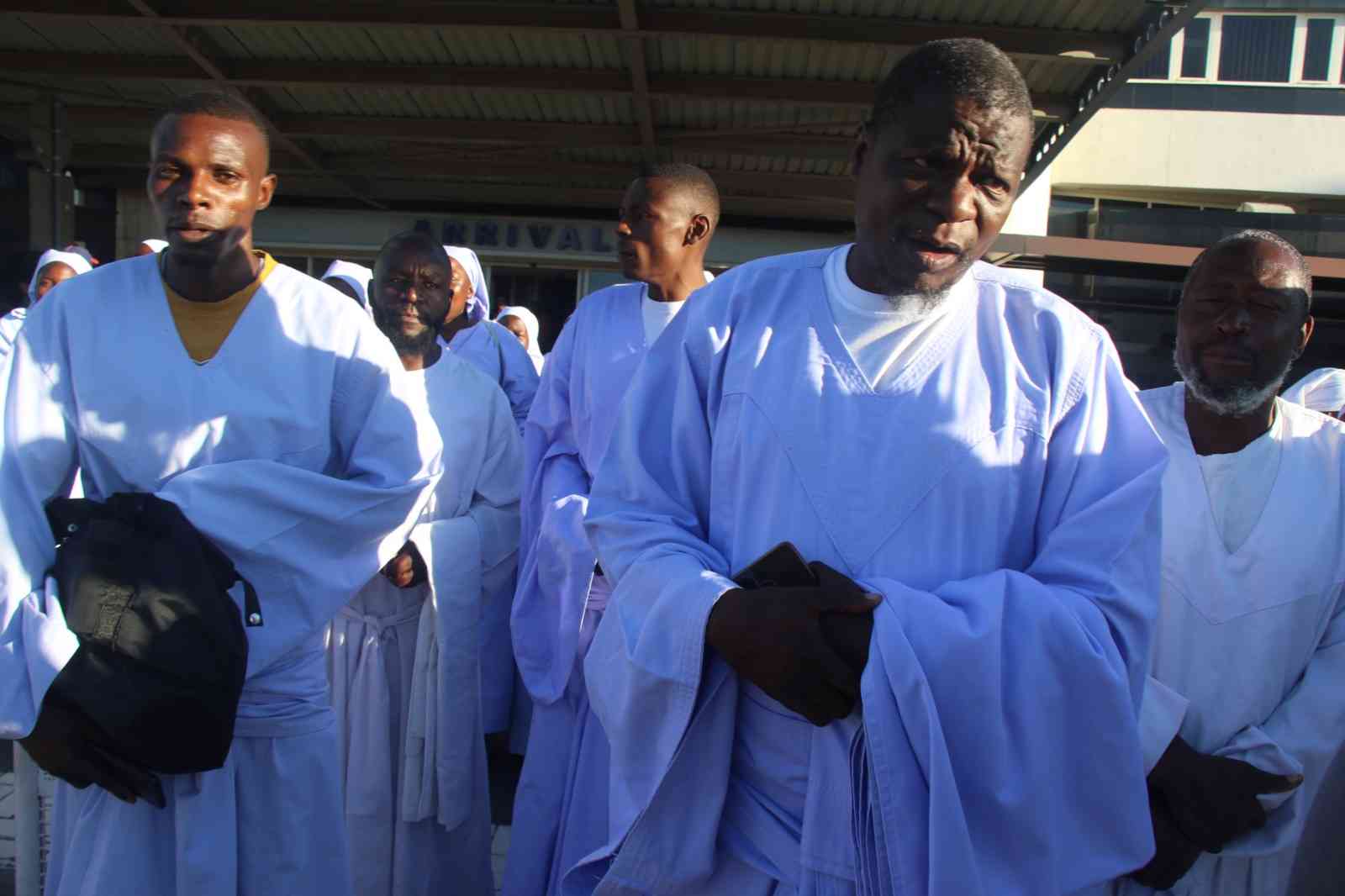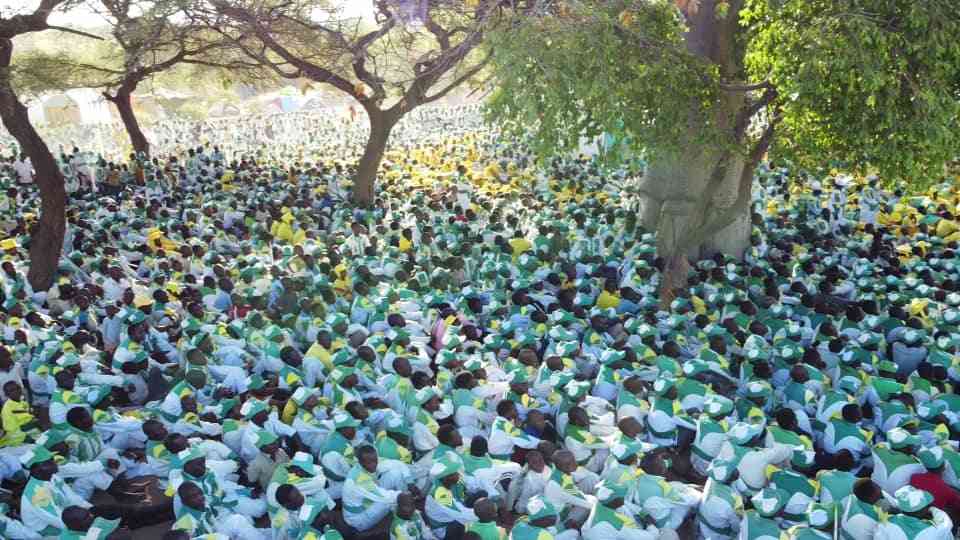
Kennedy Nyavaya
Local dancers and choreographers feel hard done by National Arts Merits Awards (NAMA), who not only did not produce nominations for two dance categories, but also gave vague reasons for doing so when announcing this year’s nominees on Friday.
The list, unveiled by NAMA chairperson Ruby Magosvongwe, has been, as anticipated, met with mixed feelings but generally passes as fair in most categories.
However, the absence of names under the Outstanding Dance Group and Outstanding Choreographer categories has provoked the ire of many within the dance sector.
“They need to understand that artistes put effort and they would learn better if getting judged by veteran dancers who understand what the art is about,” award-winning dancer John Cole told the Standard Style.
“If they say the work is not up to standard, you are discouraging a generation from submitting and this how a lot of revered local artistes have even lost confidence in local awards.”
True to his sentiments, there was a near 10% slump in submissions from 1 436 in the last edition to 1 290 this year.
Another venerated choreographer, who spoke on condition of anonymity said NAMA needs to address the mystery surrounding the judging criteria.
- Chamisa under fire over US$120K donation
- Mavhunga puts DeMbare into Chibuku quarterfinals
- Pension funds bet on Cabora Bassa oilfields
- Councils defy govt fire tender directive
Keep Reading
“We as dancers do not know the adjudication process or the quality that they are looking for, so perhaps they should give clear examples of what they want because such a decision (skipping categories) definitely affects the confidence of artistes who submitted,” said the source.
But, in an unconvincing explanation, Magosvongwe described the submitted work as either exhibiting “a lack of seriousness” or insignificant.
“In dance, the entries submitted showed a lack of seriousness and the adjudicators noted that there were no significant appropriate dance productions that were submitted. A number of the works submitted in this category were not well packaged,” she said in a statement.
Ironically, there were names in the Outstanding Female Dancer and Outstanding Male Dancer categories.
This is not the first time that NAMA has branded the local dance sector as unworthy or lacking seriousness compared to other art forms.
In 2018, they accused dancers of “not creating new works that are evident of innovation and creativity”, while in 2019 it was described as an “underperforming art” producing a number of productions that “are not well packaged and thus deny adjudicators a fair assessment”.
According to Cole, who has long ceased submitting his work, these are misjudgements of monumental proportions and a clear sign that the adjudicators are not in touch with the art.
“We need to know who the judges were because they should at least be people who know more about the art and identify with it,” he said.
He also advised NAMA to snap out of their rigidity and accommodate new ways of art expression.
“I feel like NAMA should evolve with us as time progresses and they should follow what the people are doing and not necessarily focusing on productions because we are all dancers in our own right and should not all be made to do productions to qualify for awards,” he opined.
Dubbed “Taking it back to the people”, this year’s NAMA ceremony will be hosted by Jacaranda Culture and Media Corporation at the Harare International Conference Centre.











